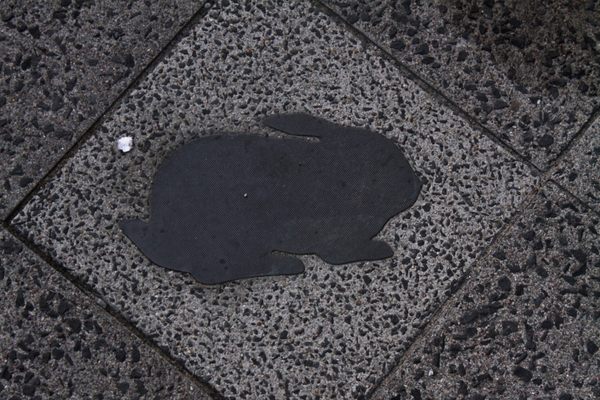About
When Berlin was split into East and West and separated by the infamous Berlin Wall, a large no-man’s-land was formed between the two distinct areas. People couldn’t pass freely from one side of the city to the other. But the local bunnies? Well, they could travel as they pleased.
The city’s rabbits could burrow beneath the wall to hop and run as much as they wanted on either side of the border. The guards were, after all, only on the lookout for illegal human crossings.
But the rabbits' ability to go to-and-fro across the border came to an end when the wall was torn down in 1989. The creatures lost their usual habitat and moved away to the city’s parks and green spaces, where their offspring dwell to this day.
As a tribute to the bunnies who lived between the wall, in 1999 artist Karla Sachse installed 120 rabbit silhouettes near the area they once roamed so freely. Unfortunately, in the decades since, quite a few of the brass bunnies are now buried beneath new layers of asphalt. It’s unknown how many still exist, though you can spot some along Chausseestraße.
Related Tags
Know Before You Go
Many of the silhouettes can be seen close to U-bahn station Schwartzkopffstrasse. Your best bet for seeing the rabbits is to look for the double line of bricks that shows the former location of the Berlin Wall, as they were all planted near it. The corner of Chaussestraße and Liesenstraße is a great place to start.
Chausseestraße is lined with various coffee shops and cafes, so you’ll have ample opportunity to pop into one of them for a quick bite or a bit of caffeine while searching for the brass bunnies.
The city’s natural history museum, which features attractions like Knut the Polar Bear, is a 13-minute walk away. To get there from Kaninchenfeld, go southeast on Chausseestraße toward Ida von Arnim Str./Pflugstraße, then turn right onto Invalidenstraße. The museum will be on your right. Keep an eye out for any brass bunnies within the pavement as you walk.
Published
August 3, 2018















































